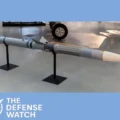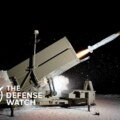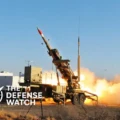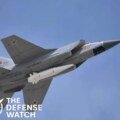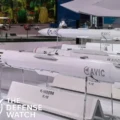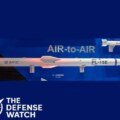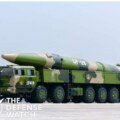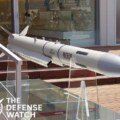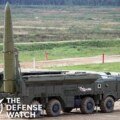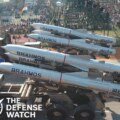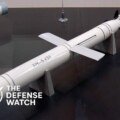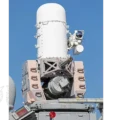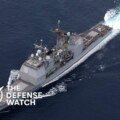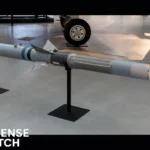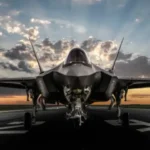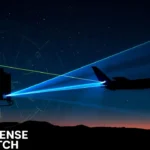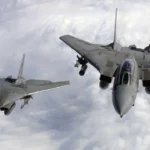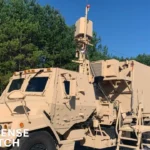- Home
- Catalog
- Naval Warfare Systems
- Tomahawk Cruise Missile
Tomahawk Cruise Missile
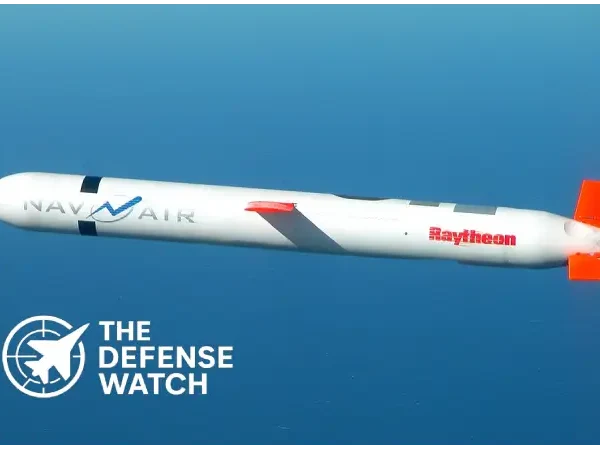




Full Specifications
1. General Information
| System Name | Tomahawk Cruise Missile |
| Type / Role | Long-Range Precision Strike Missile |
| Manufacturer | Raytheon Technologies (RTX) |
| Country of Origin | United States |
| In Service | 1983–Present |
| Year Introduced | 1983 |
| Unit Cost | Approx. $1.87 million (Block V) |
| Crew | Unmanned |
2. Dimensions & Structure
| Length | 6.25 m (20.5 ft) |
| Beam (Width) | 0.52 m (20.4 in) |
| Draft | N/A |
| Displacement | N/A |
| Hull Material | Composite and aluminum alloys |
| Deck Configuration | N/A |
3. Performance & Propulsion
| Propulsion Type | Turbofan engine |
| Engine Model | Williams F107-WR-402 |
| Power Output | ~600 lbf thrust |
| Maximum Speed | Mach 0.74 |
| Range | 1,000+ miles (1,600 km) |
| Endurance | Several hours flight time |
4. Sensors & Radar Systems
| Primary Radar | TERCOM / DSMAC / GPS |
| Radar Range | N/A |
| Sonar System | N/A |
| Electro-Optical / IR System | DSMAC visual correlation |
| Electronic Warfare Suite | Low observable design |
| Fire Control Radar | Ship/submarine-based targeting systems |
5. Weapons & Armament
| Main Gun | N/A |
| Vertical Launch System (VLS) Cells | Mk 41 / Submarine launch tube |
| Missiles | Conventional warhead |
| Anti-Ship Missiles | Block Va (Maritime Strike Tomahawk) |
| Anti-Submarine Torpedoes | N/A |
| Close-In Weapon System (CIWS) | N/A |
| Decoy Systems | N/A |
6. Aviation & Support
| Helicopter Capability | N/A |
| Hangar Capacity | N/A |
| UAV Operations | N/A |
| Flight Deck Size | N/A |
| Replenishment at Sea | N/A |
7. Defensive & Electronic Systems
| Countermeasures | Low radar signature |
| ECM / ECCM | High resistance to jamming |
| Missile Defense System | N/A |
| Combat Management System | Integrated with Aegis and ship CMS |
| Communication Systems | Two-way satellite datalink (Block V) |
8. Operational Information
| Service Branch | U.S. Navy, Royal Navy |
| Primary Operator | United States, United Kingdom |
| Operational History | Used in multiple U.S. combat operations since 1991 |
| Notable Feature | Long-range precision land and maritime strike |
PROS
- Long-range precision strike capability
- Proven combat performance
- Advanced navigation and targeting systems
- Can engage both land and maritime targets
- Compatible with multiple launch platforms
CONS
- Subsonic speed makes it vulnerable to modern air defenses
- High production and maintenance costs
- Limited warhead payload options
- Requires real-time targeting data for moving targets
- Restricted to U.S. and select allied forces
Tomahawk Cruise Missile: Precision Strike Power for the U.S. Navy
The Tomahawk Cruise Missile is one of America’s most battle-tested and reliable long-range precision strike weapons. Developed by Raytheon Technologies (now RTX Corporation), the Tomahawk has been a key asset in U.S. and allied naval arsenals since the 1980s. Designed for deep-strike missions, it allows ships and submarines to attack high-value land and sea targets from hundreds of miles away—without exposing personnel to enemy defenses.
Design and Capabilities
The Tomahawk is a subsonic, jet-powered cruise missile capable of traveling over 1,000 miles (1,600 km) at a speed of roughly 550 mph (Mach 0.74). It uses a turbofan engine and can fly at terrain-hugging altitudes to evade radar detection. Equipped with GPS, inertial, and terrain contour matching (TERCOM) guidance systems, it delivers exceptional accuracy—typically within a few meters of its target.
Variants include the Block IV (TLAM-E) and the latest Tomahawk Block V, which features improved navigation, communication links, and a maritime strike capability against moving targets at sea. Each missile carries either a 450 kg unitary warhead or a submunition payload, depending on mission requirements.
Operational Use
Tomahawk missiles have been extensively used in conflicts such as the 1991 Gulf War, Operation Iraqi Freedom, and Syria strikes (2017–2018). Their proven reliability and precision make them the preferred option for long-range conventional deterrence. Launchable from Mk 41 Vertical Launch Systems on surface ships or torpedo tubes aboard submarines, the Tomahawk remains central to U.S. Navy strike doctrine.
Tomahawk Cruise Missile Price in United State
The Tomahawk Cruise Missile is one of the most advanced and reliable long-range precision strike weapons in the U.S. arsenal—and its cost reflects its sophisticated technology. As of 2025, the Tomahawk Block V variant is estimated to cost around $1.87 million per unit, depending on configuration and production lot. Earlier versions, such as the Block IV, are priced slightly lower, averaging $1.5–$1.6 million per missile.
This price includes the missile’s advanced guidance systems, mission planning software, and satellite communication capabilities. While the Tomahawk’s unit cost is higher than shorter-range munitions, its 1,000-mile range, pinpoint accuracy, and multi-platform compatibility make it a cost-effective solution for long-range conventional strike missions. The U.S. Navy continues to invest in upgraded variants through Raytheon’s ongoing modernization program, ensuring the missile remains a core component of America’s naval strike and deterrence capability well into the 2030s.
Reviews
Disclaimer Note
The information provided on TheDefenseWatch.com is for general informational purposes only. While we strive to ensure the accuracy, completeness, and timeliness of our content regarding defense and aerospace products, technologies, and specifications, we cannot guarantee that all information is 100% accurate or up-to-date due to the evolving nature of military technology and classified data. TheDefenseWatch.com does not warrant the reliability, suitability, or availability of the information for any specific purpose. Users are advised to consult official sources, such as manufacturers, government publications, or defense agencies, for precise and verified data before making decisions based on our content. We are not affiliated with any defense manufacturers, governments, or military organizations mentioned. Opinions, reviews, and ratings reflect expert analysis but are subjective and should not be considered endorsements. TheDefenseWatch.com is not responsible for any errors, omissions, or consequences arising from the use of this website’s content. External links are provided for convenience and do not imply endorsement. TheDefenseWatch.com reserves the right to update or modify content without prior notice. By using this website, you agree to our Privacy & Cookies Policy.

